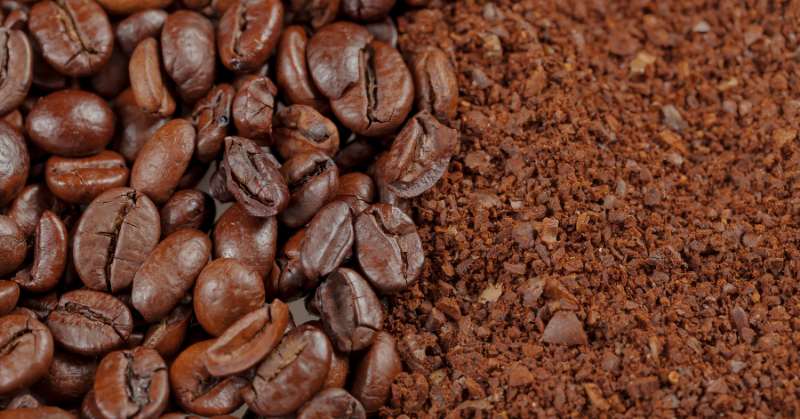
Coffee Grind Size Chart: Find the Perfect Grind for Your Brew
Share
Choosing the right coffee grind size is the most critical step between you and a perfect cup. It’s the difference between a bright, flavorful extraction and a bitter or weak disappointment. Whether you use a French press, espresso machine, or pour-over, this guide will help you unlock the full potential of your premium coffee beans.
Why Grind Size Matters: The Science of Extraction
Grinding coffee exposes its surface area to water. The size of the coffee grounds directly controls the speed of extraction:
-
Too Fine: Water moves too slowly, over-extracting bitter compounds.
-
Too Coarse: Water moves too fast, under-extracting and yielding sour, weak coffee.
Getting it right ensures a balanced, flavorful cup that highlights the unique coffee tasting notes of your single origin coffee.
The Ultimate Coffee Grind Size Chart
Use this visual chart as your quick-reference guide to find the right grind for your brewing method.
| Brewing Method | Grind Size | Texture Comparison | Key Characteristic |
|---|---|---|---|
| Turkish Coffee | Extra Fine | Powdered Sugar | Dissolves completely, very rich |
| Espresso | Fine | Table Salt | Packed tightly for high pressure |
| Moka Pot | Fine to Medium-Fine | Fine Sand | Strong, concentrated coffee |
| AeroPress | Medium-Fine | Sea Salt (fine) | Versatile; depends on brew time |
| Pour Over | Medium-Fine to Medium | Sand | Balanced clarity and body |
| Drip Coffee Maker | Medium | Sand | The "standard" American grind |
| Siphon Brewer | Medium | Sand | Clean and tea-like |
| Cold Brew | Coarse | Coarse Sea Salt | Steeped for 12-24 hours, smooth |
| French Press | Coarse | Breadcrumbs | Full-bodied and oily |
Choosing the Right Grinder: Burr vs. Blade
Your grinder is just as important as your brewer. For consistent results, a burr grinder is non-negotiable. It crushes beans to a uniform size, which is essential for even extraction. Blade grinders chop beans unevenly, creating a mix of fine powder and coarse boulders that lead to imbalanced flavor.
Pro Tip: For the freshest, most aromatic coffee, always grind your whole bean coffee immediately before brewing.
Coffee Grind FAQ: Solving Common Problems
Why is my coffee bitter?
Your grind is likely too fine, causing over-extraction. Make it a touch coarser.
Why does my coffee taste sour or weak?
Your grind is probably too coarse, leading to under-extraction. Try a finer grind setting.
Can I use pre-ground coffee for everything?
We don't recommend it. Pre-ground is typically a medium grind suited for drip machines. Using it for espresso will be weak, and using it for a French press will be bitter. For the best flavor, grind fresh for your specific method.
What's the best grind for Kirenge Gold Kenyan beans?
Our Kenyan AA coffee beans,
with their bright acidity and complex blackcurrant notes, shine with methods that highlight clarity. We recommend a medium-fine grind for pour-over brewing to get the most out of their unique flavor profile.
Final Thought: Grind Fresh, Brew Better
Mastering your coffee grind size is the secret weapon to transforming your daily routine into a barista-level experience. It’s the simplest way to elevate your cup and truly honor the quality of specialty-grade coffee.
Ready to Put This Guide to the Test?
The best way to experience the difference a perfect grind makes is with freshly roasted, high-quality beans. Explore Kirenge Gold's freshly roasted Kenyan coffee beans and discover the vibrant flavors that the right grind can unlock.
